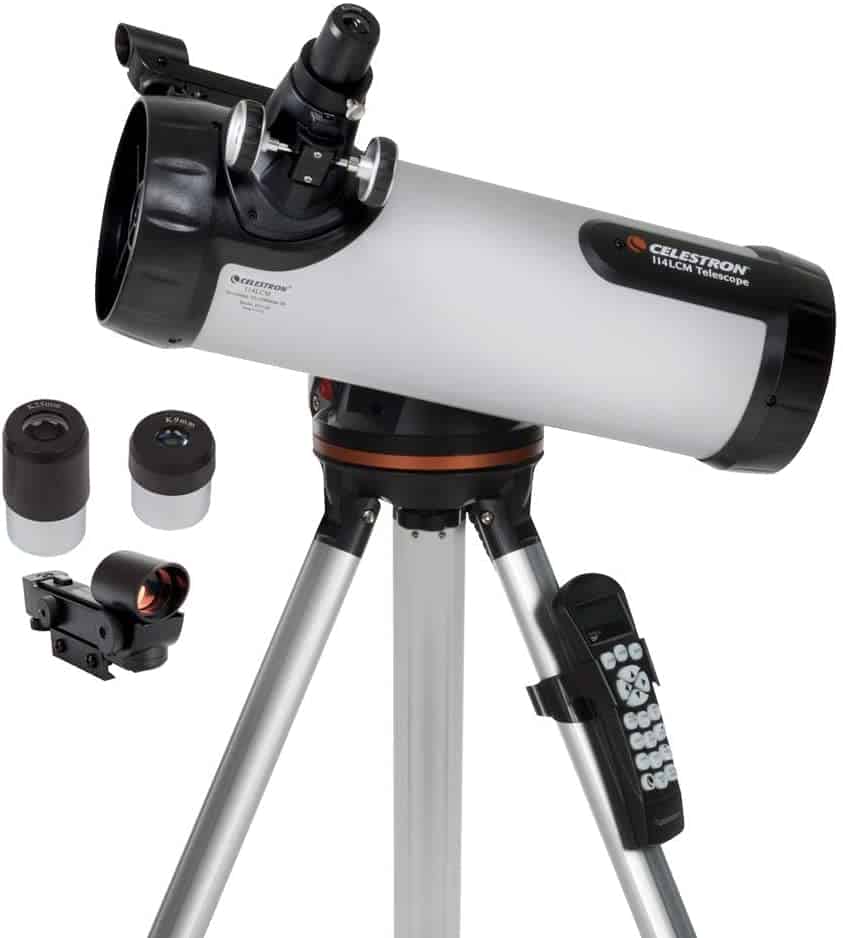

Needless to say, this comes at a price.īest GoPro 2023: Which GoPro is right for you? You’ll see some monoculars listed as having ED (or extra-low dispersion) lenses, meaning the lenses have been designed and built to minimise the level to which the light disperses as it enters, creating a brighter, sharper image with richer colours and no distracting red or purple fringing around high-contrast edges. Different lenses, different coatings on the lenses and different porro prism or roof prism designs all make a big difference. What else should you look out for?Īll of the above is important, but there’s more to the optics than that. Lower magnification monoculars will usually have a wider field of view, and will also give you a steadier view, as the higher the magnification, the more noticeable any shake or movement is going to be. You’ll usually see this specified in degrees and/or as the horizontal or vertical distance you can see through the eyepiece at a distance of 1000m. The other key thing to look out for is the field of view. For that reason, you might want to look at an 8 x 25 or 10 x 42 if you like to go stargazing at night or watching wildlife at dawn. A 10 x 25 monocular can still give you great views of distant objects in good light, but may sometimes struggle early in the morning or on an overcast day. It’s also crucial to keep them in balance. Generally speaking, the bigger the objective and the higher the magnification, the larger, heavier and more expensive your monocular is going to be. Hence, you’ll often see a monocular described as 8 x 25 or 10 x 42. Monoculars tend to start at 7x magnification and go up through 8x and 10x to 12x and 15x. The bigger it is, the better it will be at gathering light, giving you a brighter, crisper image. This is the larger lens at the end of the monocular, and will usually have a size of between 25 and 55mm (any larger and you’re in telescope or spotting score territory). Price, size and weight are all going to be big considerations, but otherwise the key factors are the level of magnification and the size of the objective lens. Most of the advice we’d give you if you were buying a set of binoculars also applies to monoculars.

Best step-up monocular: Hawke NatureTrek 10x25 | £69.
BEST HANDHELD TELESCOPE FOR STARGAZING PC


 0 kommentar(er)
0 kommentar(er)
